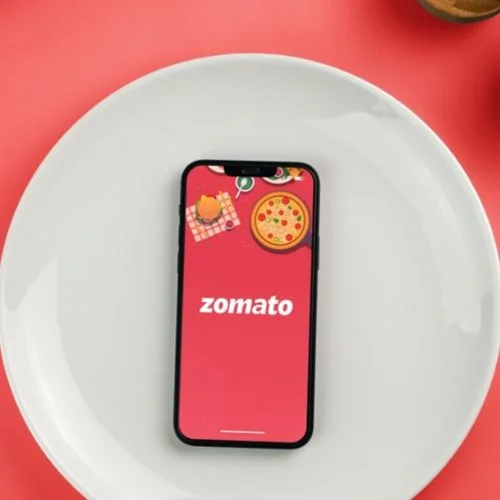According to documents obtained by Reuters, Samsung and Qualcomm are among companies opposing India’s choice of technology to bring live TV broadcasts to smartphones, claiming that the needed hardware upgrades would increase the cost of a handset by $30.
India is exploring a proposal that would require smartphones to be equipped with technology capable of receiving live TV transmissions without the use of cellular networks. It has advocated the deployment of so-called ATSC 3.0 technology, which is popular in North America and enables exact geo-location of TV broadcasts while maintaining good visual quality.
Companies, on the other hand, claim that their present cell phones in India are not ATSC 3.0 compatible, and that any attempts to add that compatibility would increase the cost of each handset by $30 due to the additional components required. Some are concerned that their present production plans may be jeopardized.
Samsung, Qualcomm, and telecom equipment manufacturers Ericsson and Nokia claimed in a joint letter to India’s communication minister that adding direct-to-mobile broadcasting might also damage device battery performance and cellular reception.
“We do not find any merit in progressing discussion on the adoption of this,” said the letter dated Oct. 17 and reviewed by Reuters.
Response requests were not responded to by the four corporations or India’s communication ministry. According to a person with firsthand information, the plan is still being debated and might be altered, and there is no set deadline for implementation.
Digital TV channel broadcasting on cell phones has received limited uptake in countries such as South Korea and the United States. According to executives, it has not gained popularity owing to a paucity of devices that enable the technology.
The policy rebuke is the latest from companies in India’s smartphone business. They have recently resisted India’s effort to make phones compatible with a home-grown navigation system, as well as another plan to require device security testing.
For the Indian government, live TV broadcast features are a method to relieve congestion on telecom networks caused by increased video consumption.
The India Cellular and Electronics Association (ICEA), a lobbying organization of smartphone manufacturers that includes Apple and Xiaomi, publicly rejected the plan in a letter dated October 16, claiming that no major cellphone maker internationally now supports ATSC 3.0.
According to research company Counterpoint, Samsung leads India’s smartphone market with 17.2% percent, while Xiaomi comes in second with a 16.6% share. Apple owns 6% of the company.
“The inclusion of any technology which is not proven and globally acceptable … will derail the pace of domestic manufacturing,” said the ICEA letter, reviewed by Reuters.















